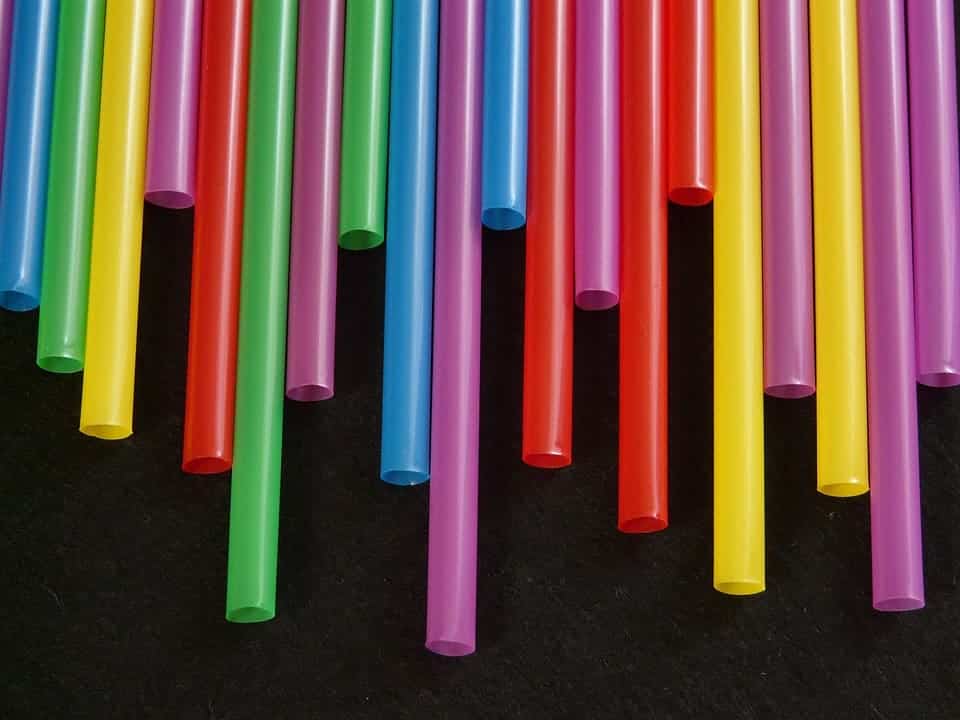A new four-block polymer could finally allow for chemically-incompatible plastics to be recycled together. The best part? The resulting material has better physical properties than either of the materials taken individually.

Cornell University Professor of chemistry Geoffrey Coates is a big believer in plastic recycling. He often gives talks on the subject, and routinely starts these off with a simple question: How much of the 78 million tons of plastic used for packaging each year gets recycled and re-used by the industry?
A world wrapped in plastic
The answer is ‘depressingly little’ — just over 2%. A third of the total quantity gets leaked into the environment, he adds, some 14% goes to incinerators or other energy recovery methods, and the lion’s share — 40% — finds its way into landfills. Where it will stay virtually forever.
One of the biggest problems, he goes on to explain, is that the two most common types of plastics — polyethylene (PE) and polypropylene (PP), which account for two-thirds of all plastics — are chemically incompatible and can’t be processed together.
But work performed in Coates’ lab may finally change that. He and his team have collaborated with researchers from the University of Minnesota to develop a new polymer that can reconcile PE and PP. A small quantity of this substance can bind the two plastics into a new, mechanically tougher polymer.
Their additive is a four-block polymer, constructed of alternating PE and PP segments. It resembles a chemical zipper of sorts, each segment tying to one of the two polymers. To test how strong the resulting material is, the team compared it to available diblock (two-block) polymers. For the tests, they welded together two strips of plastic with different polymer adhesives then pulled them apart to see how much strain the weld can take.
Welds made with diblock polymers failed relatively quickly, but the new tetrablock polymer held so well that the plastic strips before it gave way.
“People have done things like this before,” Coates said, “but they’ll typically put 10 percent of a soft material, so you don’t get the nice plastic properties, you get something that’s not quite as good as the original material.”
“What’s exciting about this is we can go to as low as 1 percent of our additive, and you get a plastic alloy that really has super-great properties.”
Better living through chemistry

While the tetrablock polymer was intended to allow wide-scale plastic recycling, it may go above and beyond the call of duty says James Eagan, a postdoc researcher in Coates’ team and lead author of the paper. The additive could usher in a whole new class of tougher polymer blends, allowing for wider applications and improving sustainability in one shot.
“If you could make a milk jug with 30 percent less material because it’s mechanically better, think of the sustainability of that,” he said. You’re using less plastic, less oil, you have less stuff to recycle, you have a lighter product that uses less fossil fuel to move it.
Although ideal, a world where all the plastics we use is recycled sadly remains an unreachable goal. But between this new polymer and previous work on bio-degradable plastics, we definitely have the tools to start undoing — or at least capping — the damage polymers have wrought on the planet. Both technologies are still far from perfect, but they’re workable. There are also policy measures which have shown effectiveness in limiting this pollution in the first place — such as taxes, alternative material use, and outright bans. Let’s hope they’re all put to good use removing plastic waste sooner rather than later.
The full paper “Combining polyethylene and polypropylene: Enhanced performance with PE/ i PP multiblock polymers” has been published in the journal Science.






